(I came up with this question when I try to understand bit rate and baud rate.)
Suppose I have some data to transfer. And the data is binary encoded as a data amount of N bits.
If I use 2 symbols to represent the binary data, which means one symbol for 0 and another symbol for 1, then I can only transfer 1 bit of data a time. And the effective bit rate is the same as baud rate.
If I use more than 2 symbols to represent the binary data, and each symbol represents multiple bits, then I can transfer the same N bits of effective data much faster. And the symbol change rate on the line (baud rate) is lower than the effective bit rate.
But how can I know such a multiple-bits-per-symbol encoding schema exists for a given data trunk?
ADD 1
I once had some difficulty in understanding the baud rate and bit rate. I think the difficulty comes from the first impression I got from pictures similar to below one:
The pic gives me an impression that what get physically transferred over the wire is the digit 0 and 1. And for each digit, a different voltage level is assigned. So there are always only 2 different signal/symbol/voltage types on the wire. And thus the bit rate is always the same as baud rate.
Now I think this pic just shows some effective result. It is symbol that is get transferred over the wire. The amount of possible symbols is determined by the physical nature of the channel/medium. When a symbol is transferred, the one or more bits it carries get transferred effectively. And how symbols represent bits is a mathematical agreement among the communication parties.


